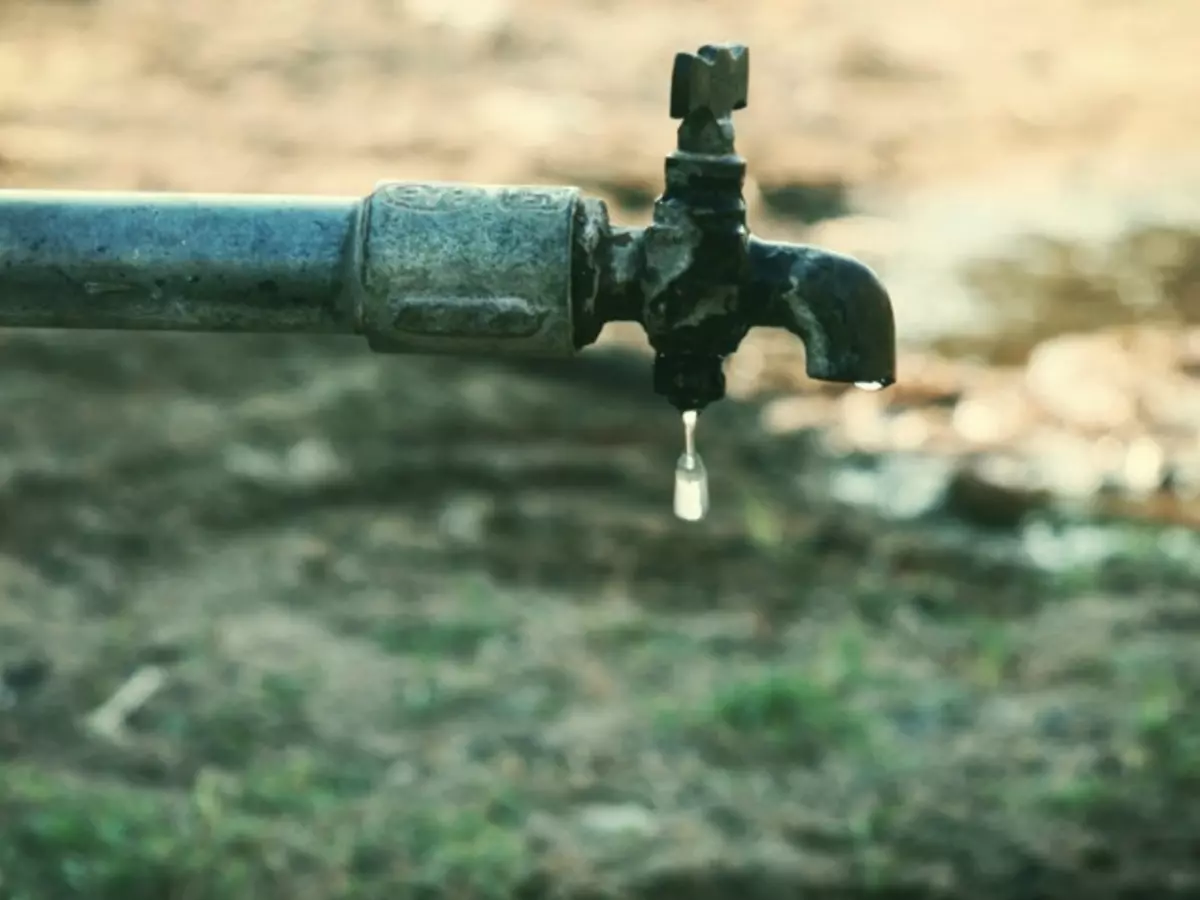India Is Staring In The Face Of The Most Severe Water Crisis Ever, And Summers Aren't Even Here Yet
All eyes will stay glued to the skies awaiting the monsoon this year. The reality on the ground, however, demands better implementation of rainwater harvesting methods and an awareness towards consumption of water in urban as well as rural belts. Timely desilting of larger water bodies can also enhance their capacity for storage.

Bad news tends to come together, from all corners. After reports of the hottest February ever, reports from across the country show a dangerous drop in water levels in the rivers. Apart from the nine important rivers of India, the several lakes and man-made reservoirs provide drinking water supply for the country. With the water levels in the rivers going down, the levels in reservoirs and lakes has also been affected.
Summer is almost here in India and the lack of sufficient water supply could be devastating.
According to the latest numbers released by the Central Water Commission, the water available in India¡¯s most important reservoirs now stands at merely 29% of total storage capacity of 45.8 billion cubic metres (BCM). This is less than the average storage in the corresponding period for the past 10 years and just 71% of the holding capacity when compared with the same period a year ago.

Wikimedia Commons
The national capital region has already faced the first water crisis of the year in the beginning of March. The primary reason behind the crisis was the contaminated water supply from Haryana to the region. The crisis lasted nearly a week and affected nearly five million people. Every summer sees a paucity of water in the city and residents rushing to the limited water tankers that try to meet the demand.
Ironically, a large portion of the 3,50,000 migrants who arrive in Delhi each year, are forced to migrate after their crops fail for the lack of water.

lankaleadnews
In a report earlier this month, Hyderabad's two main sources of water - Nagarjuna Dam and Godavari river - have reported a drastic drop in water levels. Even the water storage facilities to help the city in the rough summer months do not have water to the designated levels. Some of the bore-wells installed in several areas have started to trickle.
The remaining sources of water for the city are expected to go dry within the next few weeks!

Wikimedia Commons
Even more scary are the reports of the Ganga falling severely short of water. The low levels of water in the Ganga led to the closing down of a thermal plant on the Farakka barrage in West Bengal earlier in March.

indiatravelphotography.blogspot.in
The highest dam in India is located at Tehri which generated an average of 386 million units of energy each year from the water of Bhagirathi river of Uttarakhand in March alone has recorded an all-time low of 205 million units only.
The lower water levels in the rivers also means lack of hydroelectricity generation.

india-wris.nrsc.gov.in
The situation is equally bleak at the Sardar Sarovar Dam on the Narmada river which has recorded only 95 metres units of energy as opposed to 280 recorded on the same day last year. The full capacity of the reservoir is 1,818 metre units. The efforts to raise the height of the Dam to 138.72 metres is on. Once raised it will enable storage of more water that can be used to generate energy as well as help in irrigation efforts in Gujarat as well as Rajasthan, despite shortage of rainfall.

The Weekly Observer
The Central Water Commission has already warned that the paucity of water will affect the states of Andhra Pradesh, Uttarakhand, Maharashtra and Tamil Nadu the most. Water-related tensions have already begun to crop in several parts of the country including Delhi-Haryana as well as the Latur district. Farmers had even blockaded Bengaluru recently demanding water for their crops. The southern part of the country will be worst affected.
All eyes will be glued to the skies awaiting the monsoon this year. The reality on the ground, however, demands better implementation of rainwater harvesting methods and an awareness towards consumption of water in urban as well as rural belts. Timely desilting of larger water bodies can also enhance their capacity for storage.
